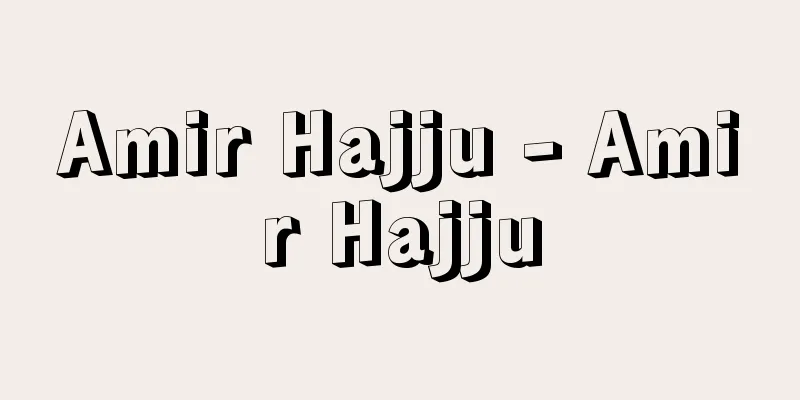Ritual music - Gireibayashi

|
...The music accompanying the movements is technically related to the movement and tempo, while the music accompanying the lines requires melody, tone, dynamics, and rhythm that suit the content of the lines, as well as being technically related to the tone and tempo of the voice. From 【Hayashi】...In the broad sense, hayashi came to be commonly known as geza music after the Showa era. In addition to the songs, accompaniment, and musical instruments performed behind the stage, there are also the introductory music of Nagauta, which is performed by the musicians on stage together with the singers and shamisen players as background music for Shosagoto, and the kage-hayashi, which is performed behind the stage to accompany it, and the ceremonial music (ritual music) that is not directly related to the performance but is played as a theater custom. In contrast, hayashi in the narrow sense refers to the musical instruments mentioned above. ... *Some of the terminology that refers to "ritual music" is listed below. Source | Heibonsha World Encyclopedia 2nd Edition | Information |
|
…動作につく囃子は,動き方,テンポに対して技術的にかかわり,せりふにつく合方は,せりふの内容に適合した旋律,音色,強弱,リズムが要求されるほか,声の調子やテンポに対して技術的に関連している。 【囃子】より…広義の囃子は,昭和に入ってから下座(げざ)音楽と通称されるようになった。舞台の陰で演奏される唄,合方,鳴物のほか,所作事の地の音楽として唄方,三味線方とともに囃子方が舞台に出て演奏する長唄の出囃子およびそれに合わせて舞台の陰で演奏される陰(かげ)囃子,演出には直接関係しないが,劇場習俗として打ち囃されるもの(儀礼囃子)などに分けられる。 これに対して狭義の囃子は,上記の鳴物を指す。… ※「儀礼囃子」について言及している用語解説の一部を掲載しています。 出典|株式会社平凡社世界大百科事典 第2版について | 情報 |
<<: Ceremonial clothing - ceremonial clothing
>>: Ritual kinship - ritual kinship
Recommend
Kadena Air Base - Kadena Air Base
…Before World War II, it was a farming area, but ...
Chameleon water - Chameleon solution
Originally, it was a green aqueous solution of man...
Lupine - Lupinus
A general term for the genus Lupine in the family...
Brazilwood (English spelling)
A tall tree of the legume family native to the for...
Rennyo
A monk from the Muromachi period. He was the 8th ...
Corporate finance - Kigyozaimu (English spelling)
The balancing of capital demand and procurement, a...
Phrase structure grammar
...Note that some of the terminal theorems genera...
Gintakahama (Silver Beach) - Tectus pyramis
A large snail shell of the family Celastridae. Som...
Golden nematode
...When you look at the roots of crops that have ...
Diels-Alder reaction
...A general term for the synthesis of organic co...
Anzengruber, Ludwig
Born: November 29, 1839 in Vienna [Died] December ...
Aridooshi - Aridooshi
A small evergreen shrub of the Rubiaceae family (...
Imperial Proclamation for the Revitalization of the National Spirit
It is the abbreviation of the Imperial Rescript on...
throwing power
...In the case of anionic paint electrodeposition...
Cylindrical Coordinates - Enchu Zahyo
A type of coordinate system in three-dimensional ...

![Åland [Islands] - Åland](/upload/images/67cfde464ffba.webp)
![Uchiumi [town] - Uchinomi](/upload/images/67cafde0193ab.webp)






